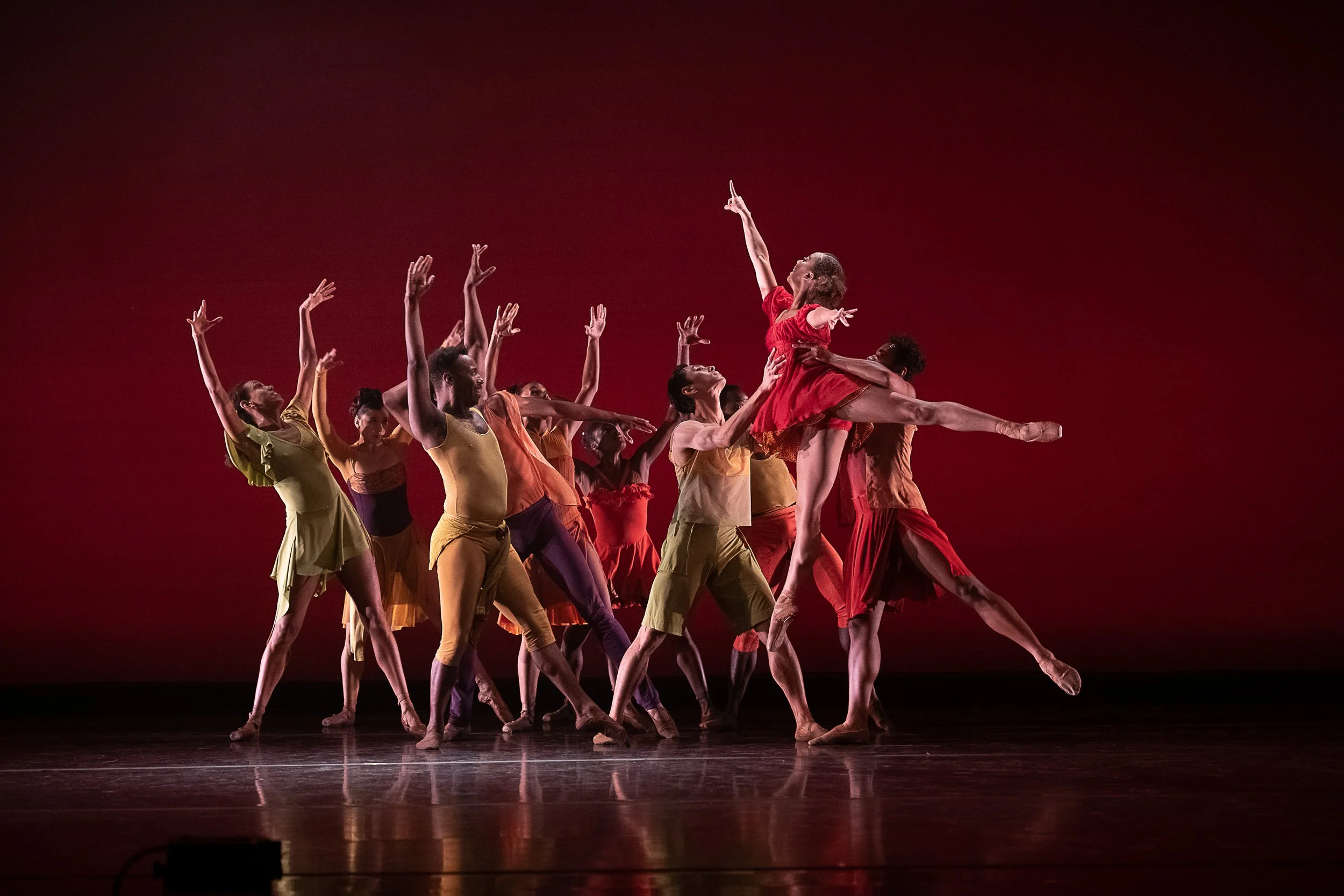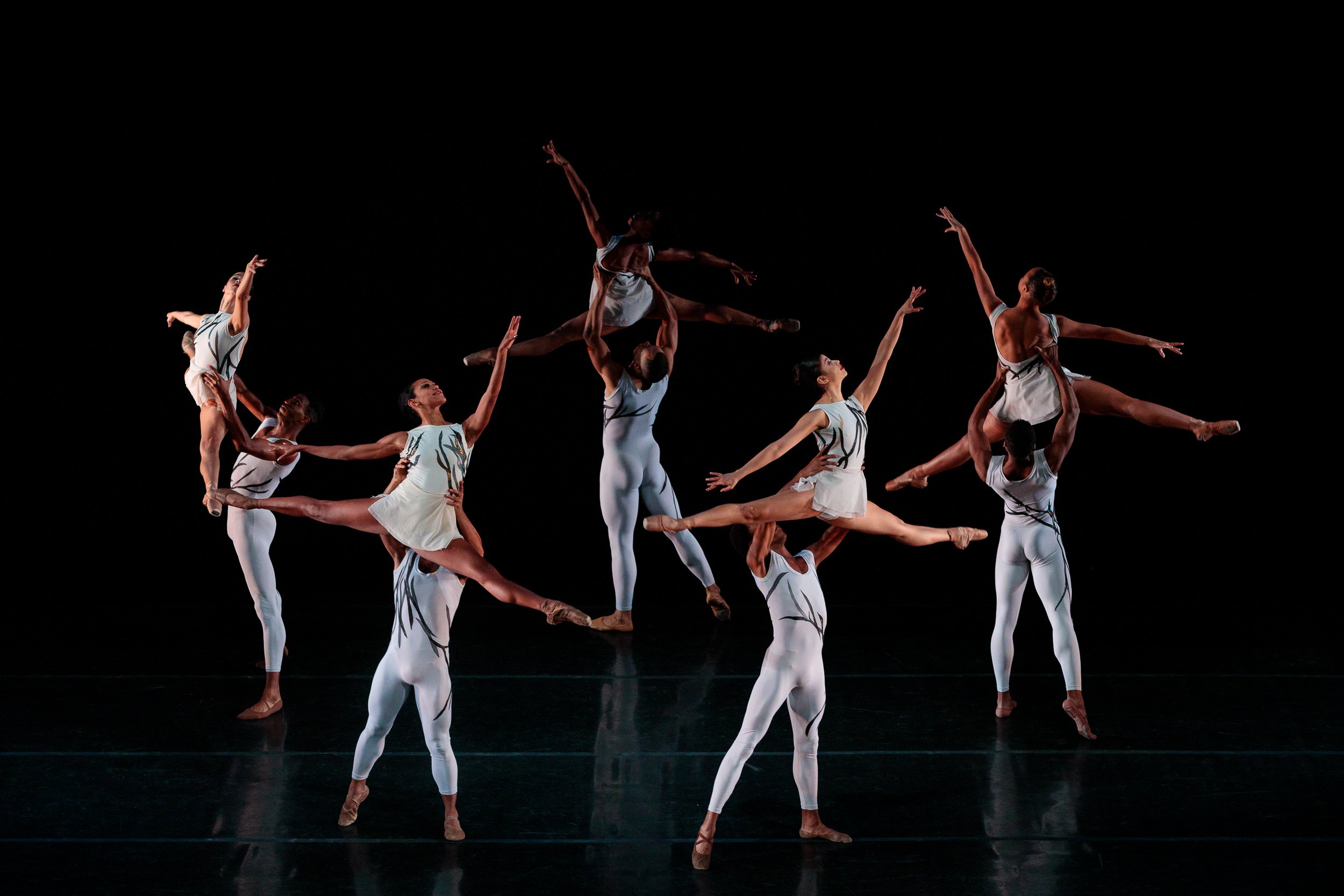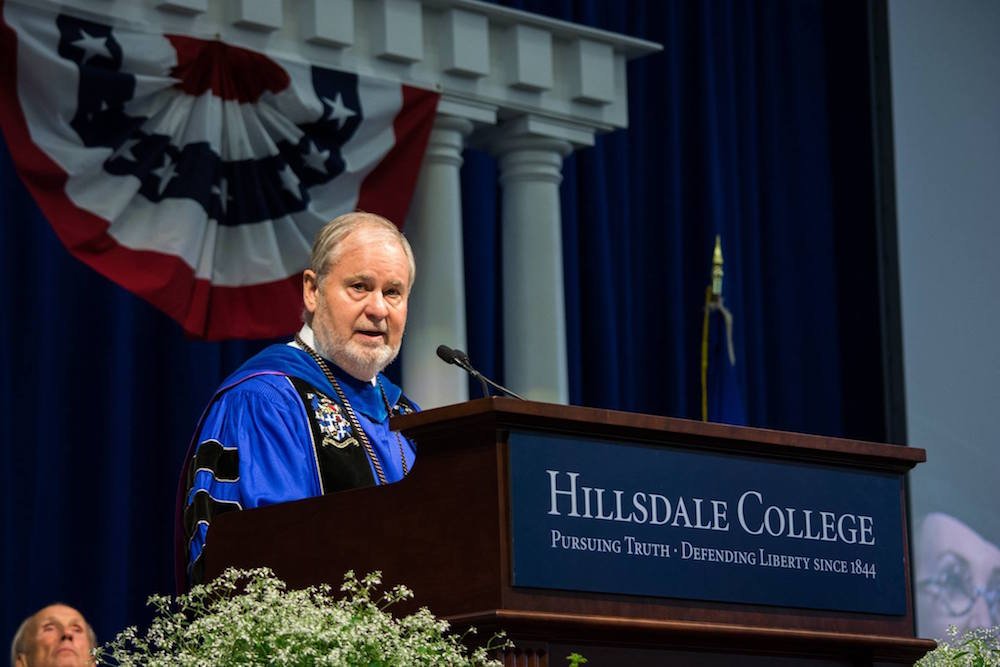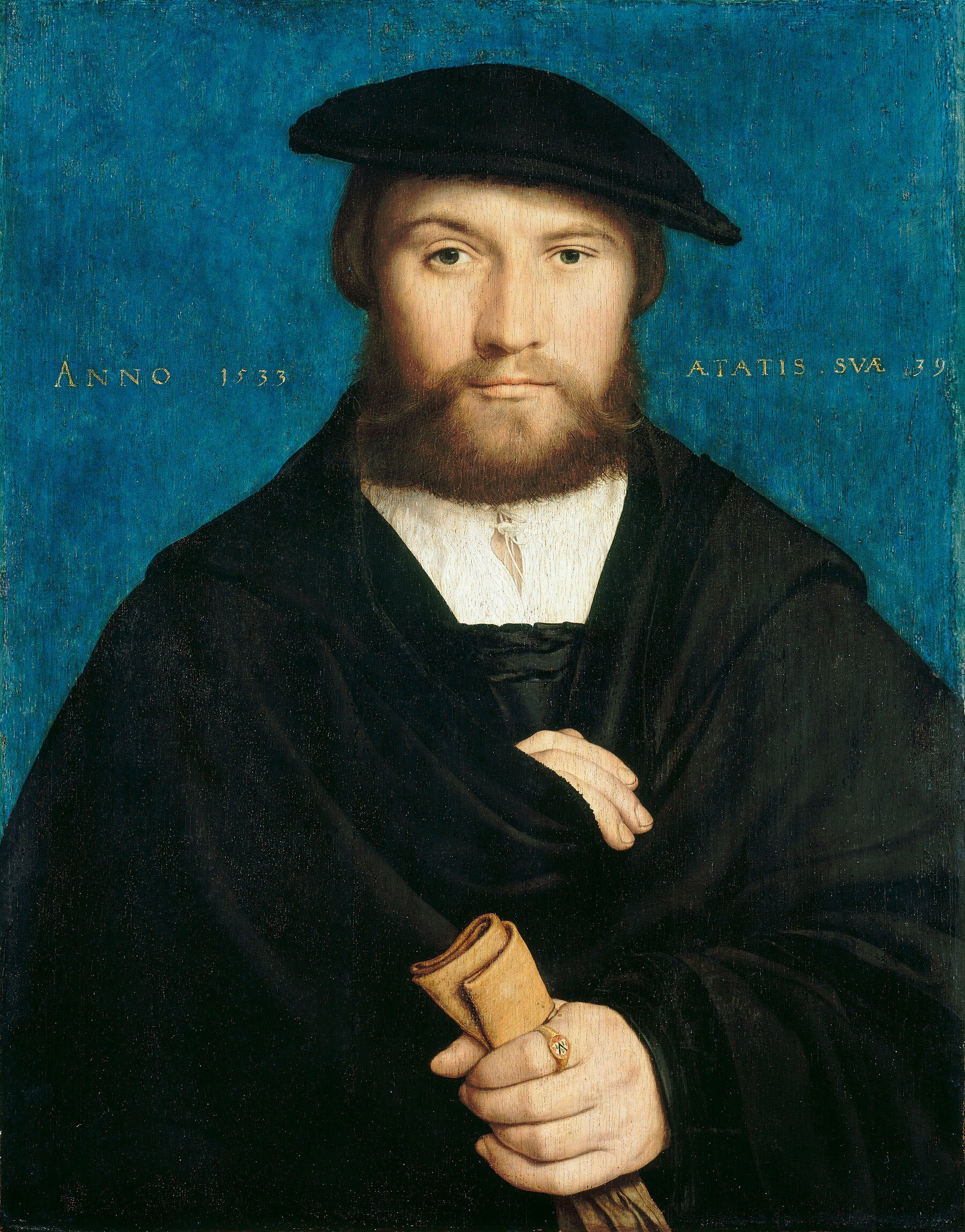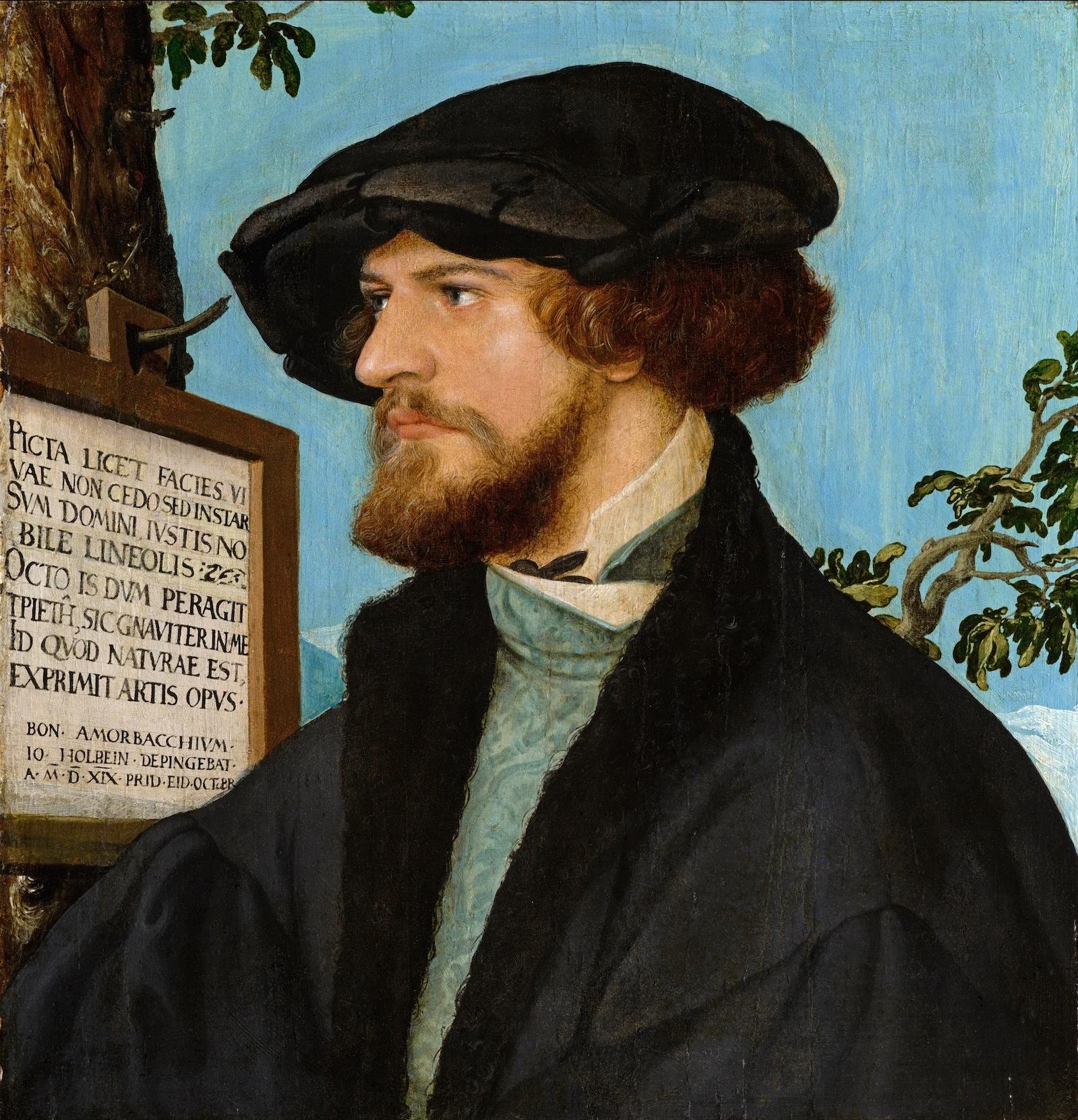THE NEW CRITERION, April 14, 2022
On the Dance Theatre of Harlem at the City Center Dance Festival.
New York has an abundance of ballet companies. Last summer five of them took the Lincoln Center outdoor stage for the first time together. The initiative—restoring live performance after over a year of pandemic closures—was called the BAAND Together Dance Festival, an acronym of the New York–based companies taking taking part in it: Ballet Hispánico, Alvin Ailey American Dance Theater, American Ballet Theatre, New York City Ballet, and Dance Theatre of Harlem.
New York’s cultural institutions can be notoriously siloed, often competing for the same donor dollars. The unusual five-day event therefore turned into what I might call a friendly battle of the bands—or make that “Baands.” The evenings exposed both performers and audience members to repertoires they might not otherwise see, with different companies performing alternating works. And on my night, evening number two, the winner in my mind was Dance Theatre of Harlem with its New Bach. Created by the company’s resident choreographer Robert Garland in what he calls “post-modern-urban neoclassicism,” here was classical ballet with street rococo, George Balanchine by way of “Soul Train.”
Dance Theatre of Harlem in Odalisques Variations from Le Corsaire, by Dylan Santos after Marius Petipa. Photo: Theik Smith.
Founded in 1969 by Arthur Mitchell, the first black principal dancer to join New York City Ballet, and his teacher Karel Shook, Dance Theatre of Harlem has brought classical ballet uptown for over half a century. At the same time, Dance Theatre has incorporated uptown into classical ballet, promoting dancers and works that have expanded the classical repertoire.
The greatness of Balanchine, the co-founder of City Ballet, can be explained in part by how he incorporated various dance vernaculars into the classical language of ballet. As principal dancer, Mitchell proved to be a particular inspiration for Balanchine, who choreographed the famous pas de deux for him in Agon and the role of Puck in A Midsummer Night’s Dream. When Mitchell then set out to found Dance Theatre, Balanchine gave him the rights to several works and co-choreographed others to add to his new company’s repertoire.
Billing itself as a “neo-classical ballet company,” Dance Theatre has preserved the ideal of Balanchine in its own luminous frequency. It hasn’t been easy. Mitchell and his colleagues had to revive the company after an eight year financial hiatus between 2004 and 2012. In 2013, founding dancer Virginia Johnson became the school’s new artistic director. In 2019, a year after Mitchell’s death, the company crossed its fifty-year milestone with the dancers, the school, and the repertoire thriving.
The Dance Theatre of Harlem in Balamouk by Annabelle Lopez Ochoa. Photo: Christopher Duggan.
Recently Dance Theatre returned to the New York stage with four performances as a centerpiece of the first City Center Dance Festival. Anchoring the program was the New York premiere of Higher Ground, Robert Garland’s latest work, set to the music of Stevie Wonder. Also on the bill was Balamouk, by Annabelle Lopez Ochoa featuring live accompaniment by The Klezmatics. Rounding out the run was Passage, by Claudia Schreier with live music by Jessie Montgomery, and Odalisques Variations from Le Corsaire, by Dylan Santos after Marius Petipa, which were presented in alternating performances.
At a time when new ballet seems to be minimal, cerebral, and “forward-thinking,” Garland is an unabashed retrospectivist. He draws on a sincere appreciation of dance history, one that includes both classical ballet and the soul of his youth. He has described waking up as a child in Philadelphia to the clock radio and hearing Stevie Wonder. It is remarkable to consider that this music is now as distant to us as the music of the 1920s was to the 1970s. And the differences between 1970s Stevie Wonder and the music of today can be just as profound. Here was genuine instrumentalism, not electronic sound, performed at a pace and rhythm that is slower and fuller than today’s rapid auto-tuned beeps and bops. Wonder is also anything but cold and minimal. If the music of Stevie Wonder had a color tone, it would be yellow, orange, and red. The songs recall smoggy city summers, the scent of the unairconditioned bus. This music gives heat.
Over the years, Wonder has been reluctant to license this work, but Garland got his hands on six of his songs for a new ballet named after the final number, “Higher Ground.” With six dancers on stage in earth-toned costumes by Pamela Allen-Cummings, bathed in a warm light by Roma Flowers, the ballet could be called Wonder variations.
The Dance Theatre of Harlem in Higher Ground by Robert Garland. Photo: Theik Smith.
The first dance, to “Look Around,” seems unnecessarily restrained, too withholding of the dancers’ virtuosity. By “You Haven’t Done Nothin” and “Heaven Is Ten Zillion Light Years Away,” the following songs, the energy was up. At times the dancers gestured to the audience, amplifying the rhythm and miming the street poses of the past. “Village Ghetto Land” then connected past to present, with a nod to the illusions of modern culture as dancers posed with smartphones.
You might not think the “up” direction of pointe work would lend itself to the downbeat of soul, but “Saturn” well deployed its pirouettes for the celestial song. Then for “Higher Ground,” the final number, the company came together in a joyful, spiritual ensemble. Here was ballet with feeling, with the dancer Anthony Santos a particular standout. In the program, Garland describes his work as a “Sankofa-esque reflection on our current times.” What does this mean? “Sankofa” can refer to a mythical bird that looks back—an appropriate symbol for a choreographer who reaches back to what is left behind.
The Dance Theatre of Harlem in Passage by Claudia Schreier. Photo: Theik Smith
It was something of a disservice for Passage and Balamouk to be programmed after the high of Higher Ground. Choreographed by Claudia Schreier, Passage has its passing moments. This is especially true for its ominous beginning, as dancers emerge from the fog like three prows of a ship and then fall in acrobatic waves. According to the program, the work is meant to reference “the first documental arrival of enslaved Africans” and reflect “in abstract the fortitude of the human spirit and an enduring will to prevail.” With live music by Jessie Montgomery and costumes by Martha Chamberlain, this ballet was more head than heart, with symbols lost in its treacherous woods.
If such a ballet would seem too on the nose for Dance Theatre of Harlem, Balamouk should have been a welcome and worldly departure. The work calls for Klezmer music, and a live band called The Klezmatics performed. I did not know they were there until they took their bow. The music was so over-amplified, it was unclear this was live accompaniment. Musicians should make themselves known at a ballet performance. Wave from the pit. Or better yet, have them perform from the stage. This music was wonderful, energy-filled, exotic. We are grateful they are there.
With choreography by Annabelle Lopez Ochoa, this was the “extended version” of Balamouk. The ballet is a goulash of Slavic movement, with gypsy, Russian, and Ashkenazi influences. The title is Romanian for “house of the insane.” The bright costumes by Mark Zappone and uptempo rhythms by Les Yeax Noirs, Lisa Gerrard, and René Aubry were there to amplify the mania. Even in its extended version, the ballet never seemed to develop, but again here was Dance Theatre of Harlem looking to tradition—even “Tradition!” (as in Fiddler on the Roof)—and making it their own.
